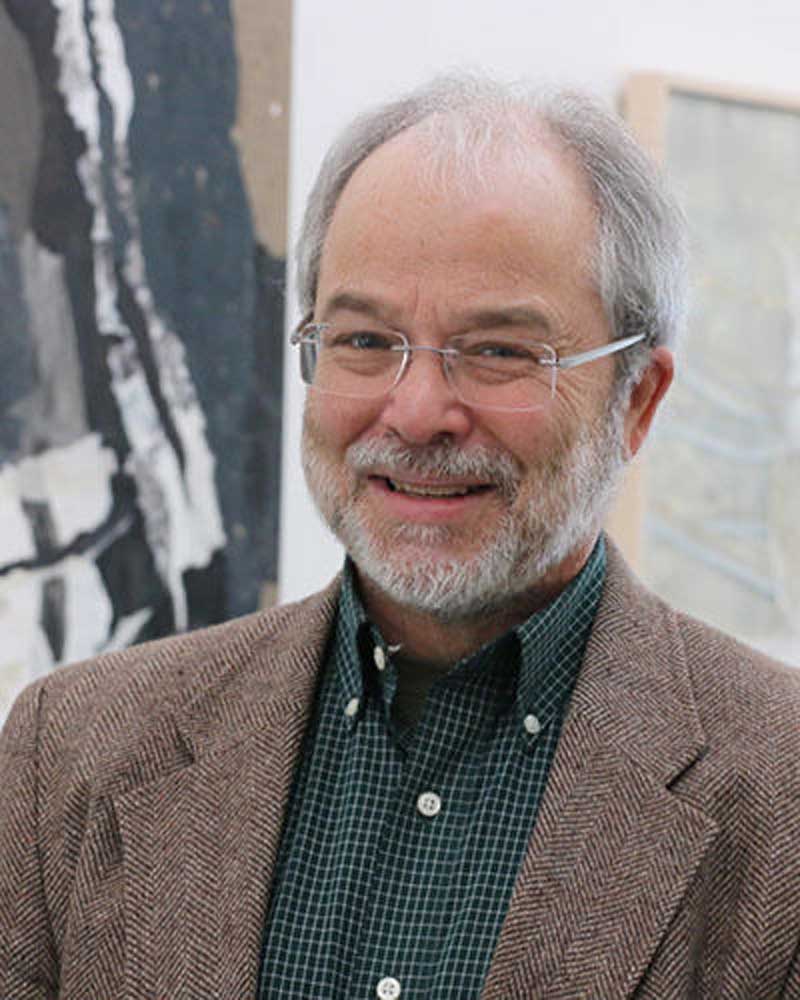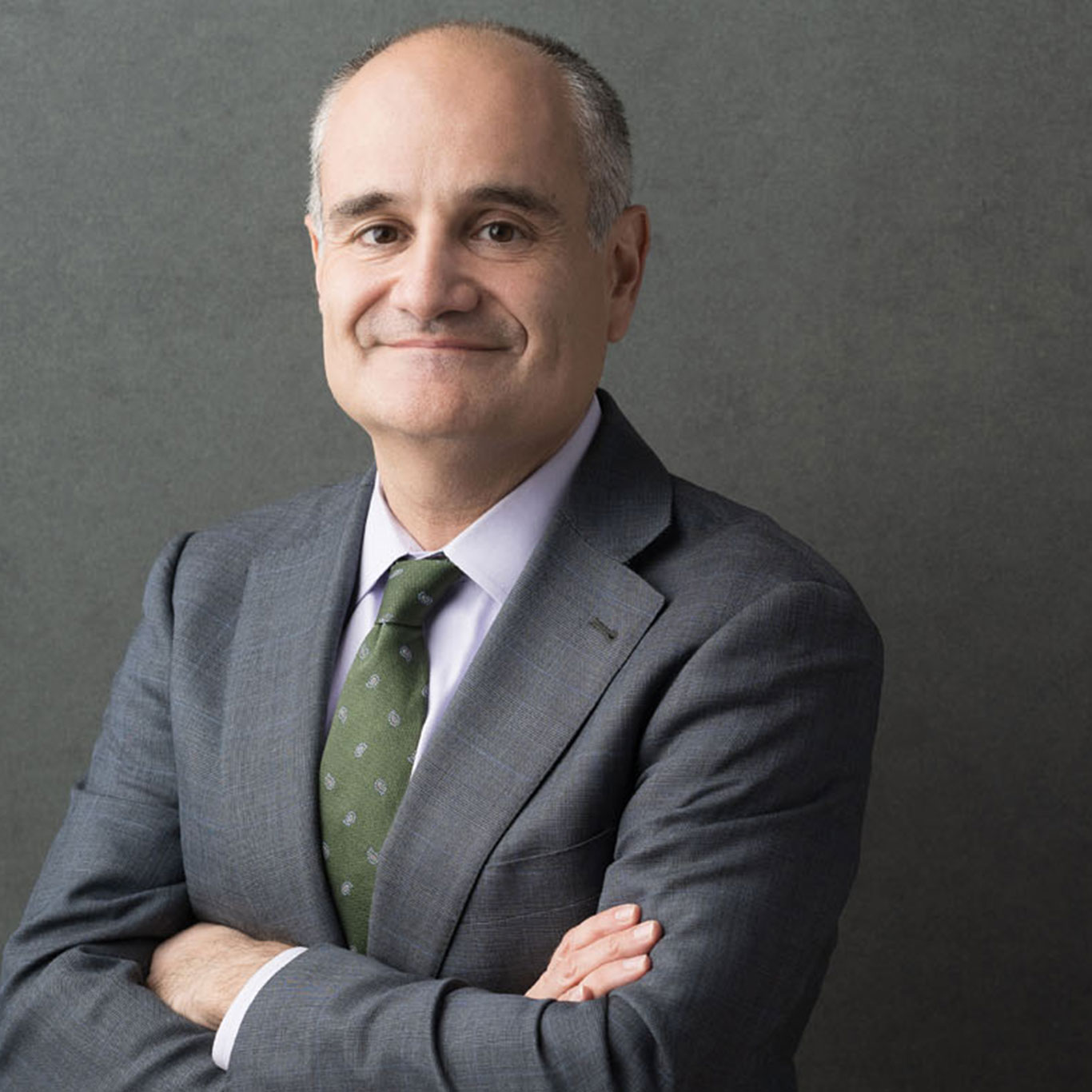Column: Living in a ‘post-truth’ world
Published 12:30 am Tuesday, November 15, 2022

- Steve Trotter
Living in the ‘post-truth’ world today
Trending
{child_byline}By Steve Trotter{/child_byline}
Living in the ‘post-truth’ world today
{child_byline}By Steve Trotter{/child_byline}
Trending
I came across a new term recently. Or, I thought it was new. Turns out I’m late as usual.
The term has been around since 1992, where it first appeared in an essay. In 2016 the folks who produce the Oxford Dictionary gave it the title “Word of the Year.” How did I miss that? Some days I feel like I’ve got a grocery bag, the old, brown, paper grocery bag, firmly planted on my head. I fail to notice what’s right in front of me.
So there I am, reacting to a “new” term that isn’t new at all. Perhaps it’s only new to me, discovered on a rare adventure outside the grocery bag with blinders off. The term?
“Post-truth.”
When I read it I was puzzled. “What the heck does that mean?” I wondered. I asked friends to give me their definition. Many said they had no idea.
Might it be an extensive expose on the things we put in a pasture to hold barbed wire taut? Probably not.
Here’s what the source of all wisdom, aka the internet, provided after a quick search: ”relating to a situation in which people are more likely to accept an argument based on their emotions and beliefs, rather than one based on facts.” Or, i want to add, “evidence.”
Now I get it. It’s another one of the mental shortcuts I’ve been exploring with you over the last couple months. That’s what the psychologists call a “cognitive bias” and I label a “shortcut.”
“Shortcut” here means going from A to E without bothering to consider B, C, or D. Sometimes such shortcuts are helpful. Visiting a major city, I glance skyward and notice a piano dropping rapidly through the air soon to land exactly where I stand. Shortcut says “Move it, big guy! NOW!” Without another thought — without B, C, or D — I jump to one side and stay unimpressed by heavy music. Thank god for shortcuts.
I didn’t wait to consider if the piano is a concert grand or some other size. Is it a Yamaha or a Bösendorfer? In tune or going flat? Falling piano? “Get out of the way!” my brain quickly tells me. Love those shortcuts.
“Post-truth” is like that shortcut. It moves me rapidly from a considered, carefully thought out and reasoned, based-on-evidence conclusion regarding X, to a conclusion based solely on how I feel about X or what I already believe about X.
I learned about this in high school, I just didn’t know the term. I joined the school’s debate team and discovered what “post-truth” means. In debate we dealt with solid arguments and supportive evidence. I don’t know if it’s still this way, but then we had to be prepared to argue either side of a proposition. “Resolved: The state sales tax is regressive and should be abolished.” (I was in a state with a sales tax while in high school.)
My partners and I gathered evidence, reading text and journals, consulting periodicals and scanning expert commentary — all this long before personal computers and the internet. We recorded each piece of information on a 3×5 card and soon amassed a hefty pile, each carefully cataloged for quick access. The proposition has good evidence on both sides. Pro and con each held strong possibilities for making a decision. We would be judged on both the quality of our evidence and the quality of our presentation.
Imagine I offered information from an expert: Donald Duck or Dumbo the Elephant. “Mr. Duck, who teaches at Stanford, has written extensively on the effect of a sales tax on the poor. He states …”
I’d be laughed out of the room, rightfully so.
Imagine I offered this instead: “I think a sales tax is dumb. I don’t agree with it. It’s just a bad idea. It makes me angry just thinking about it.”
I’d be laughed out of the room for that sort of “reasoning,” too.
But that’s the reasoning that is meant by the term “post-truth.” No longer concerned with qualified sources or verifiable evidence, post-truth decisions grow from emotions or long held — and most likely not well examined or questioned — opinion.
Evidence? Post-truth reasoning doesn’t want it. Factual information? Information with verification and support? Post-truth reasoning says: “Who needs it? I already know what’s right.”
If I brought post-truth “reasoning” to the room for a high school debate, I wouldn’t last very long. Nor should I.
Imagine going to the doctor and hearing that you have a heart condition which, with care and surgery, along with changes in diet and exercise, will allow you to lead a full and active life.
“How do you know?” you ask your doctor.
“It’s how I feel,” she says. “I know I’m right.”
Post-truth “reasoning.” Look for a new doctor.
Recently I called a good friend in Montana who’s a wizard with all things cars. My clutch was acting up. He diagnosed it over the phone and told me what to do. I did it. Clutch is now working great.
He asked me many questions, he formulated his opinion not on the condition of his gut or the words of some celebrity or the guidance of a Greek goddess, but on his long experience repairing cars and his knowledge of how they operate. I provided evidence and he made a decision based on that evidence. Rational. Considered. Thorough. Nothing knee-jerk about it. Not a decision based on emotion. Or indigestion.
Nothing “post-truth” about it.
We don’t see eye-to-eye on some issues. That didn’t change anything either. Nope. He used his noggin, not his emotions. His recommendation was based on the truth of the evidence I provided, nothing post-truth going on.
We’re living in a time which can accurately be called “post-truth.” It’s more than a little bit frightening. It doesn’t lead to a thoughtful, careful future. “Post-truth” almost guarantees strife and misunderstanding as we rely only on our emotions or spurious information from a social media site to make decisions — decisions which could well have serious effect on us all.
{child_tagline}
{/child_tagline}
{child_tagline}
{/child_tagline}








